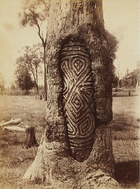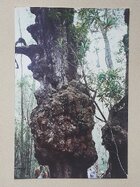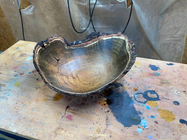Thank you for posting all of your photos and helpful info!
I’m a new wood turner and my brother has been cutting burl for me as he finds it on his property and I’m excited to start trying it!
I’m a new wood turner and my brother has been cutting burl for me as he finds it on his property and I’m excited to start trying it!



